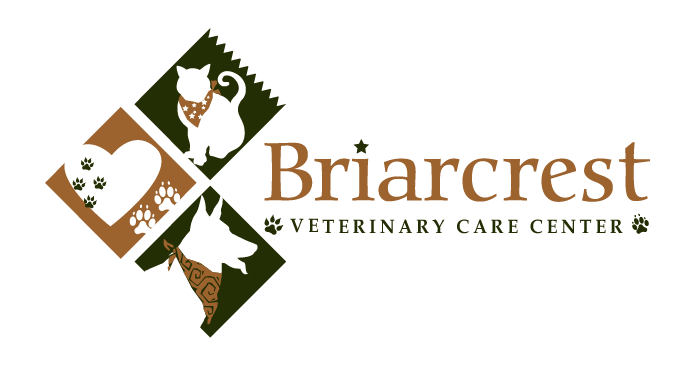Library
-
Diarrhea is a symptom of an underlying problem that may be minor or very serious. Some cases may resolve on their own or with minimal treatment, while other cases require in-depth diagnostic testing and more aggressive treatment to address the underlying condition. The possible causes, diagnostic tests, and treatment protocols for diarrhea in cats are numerous and they are explained in this handout.
-
Echinococcosis refers to being infected with a tapeworm of the genus Echinococcus and is primarily a parasite of coyotes and foxes. Infected cats are usually asymptomatic, but in both cats and humans the parasite can cause large cysts to form within the lungs and liver. E.multilocularis is treated with praziquantel and in most cases the prognosis is good.
-
Feeding raw food to cats is potentially dangerous - not only to the cat eating the raw food, but also to other pets and humans in the environment, due to the high likelihood of bacterial contamination. Raw food may also not be complete and balanced and could lead to nutrient deficiencies or toxicities. Consuming raw food with bones can lead to life-threatening foreign body obstruction.
-
Giardiasis is an intestinal infection caused by a microscopic protozoan. The parasites attach themselves to the intestinal wall and the damage causes an acute, sudden onset of foul-smelling diarrhea. Diagnosis may be by routine fecal flotation or presumptively based on clinical signs. Fenbendazole and metronidazole are the drugs most commonly used to kill Giardia. Giardiasis is the most common intestinal parasitic infection of man and can potentially be passed from cats to humans.
-
Hookworm is a parasitic infection of the gastrointestinal tract. The parasites have hook-like mouthparts they use to anchor themselves to the lining of the intestinal wall. This handout outlines clinical signs, diagnosis, treatment, and prevention.
-
Vaccinations are important to prevent serious illness in cats. Even cats that spend all their time indoors should be vaccinated. Some viruses can be carried into your home on inanimate objects such as shoes and clothing, therefore infecting your cat without her coming into contact with another animal. Your veterinarian is your most important resource in determining what vaccinations you need to give your cat to keep her protected.
-
This handout outlines common internal parasites in cats and what you can do to prevent or treat infection. Included are parasites of the gastrointestinal tract (roundworms, hookworms, and tapeworms), as well as parasites of the circulatory system (heartworms).
-
In North America, many parasitic lungworms infect cats. Cats can become infected by swallowing infective stages of parasitic lungworm. The exact means of becoming infected varies according to the life cycle of the particular parasite. Signs can include coughing, heavy breathing, wheezing, sneezing, poor appetite or anorexia, weight loss, fever, enlarged lymph nodes, and ocular or nasal discharge, and may be more prominent in kittens due to their immature immune systems. Although the success rate of treatment depends on the severity of symptoms and the number of parasites present, the prognosis for recovery is generally good.
-
The Ebola virus is very contagious and is transmitted through blood, body fluids, and tissues, but not through air, water, or food. Ebola affects humans, non-human primates, and is carried by fruit bats. Other species do not appear to be affected, although there has been evidence of exposure to the disease in dogs, cats, and other domestic animals. Domestic animals are not believed to transmit the virus; however, there is a risk that they could transmit body fluids such as saliva on their fur to other humans. Any potential exposure to Ebola should be reported to your veterinarian who will contact the Center for Disease Control (CDC).
-
Feline poxvirus is a relative of the human smallpox virus seen mainly in Asia, Europe, and England. It causes skin lesions around the head, neck, and forelimbs, such as ulcerations, scabs, or abscesses. Cats often recover on their own with no further symptoms unless they are immunocompromised. There is no specific treatment or vaccine. Antibiotics may be used to control secondary infections. The virus can be transmitted to humans but can be significantly reduced by basic hygiene precautions.


